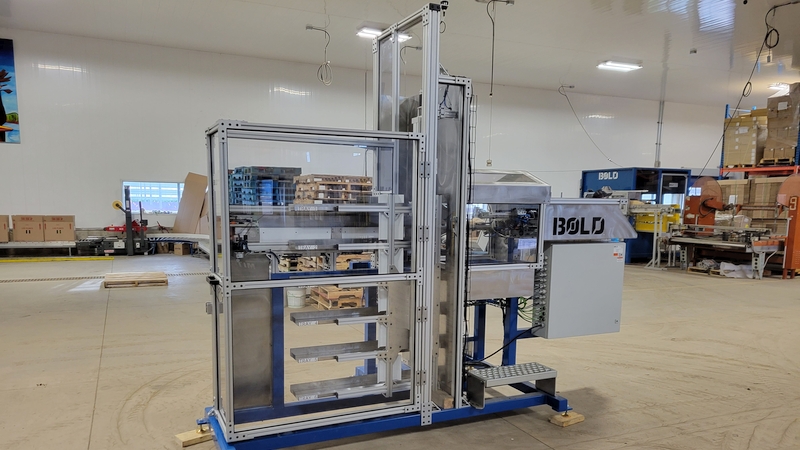Floral Industry is Providing a Boost to the Coastal California Economy
 The floral and nursery industry is providing a boost to the economy in San Mateo County, CA, according to a recently released agricultural crop report.
The floral and nursery industry is providing a boost to the economy in San Mateo County, CA, according to a recently released agricultural crop report.
An article on the San Mateo Daily Journal website shows that floral and nursery crops brought in almost $98 million in 2016, a nearly $3 million increase from the previous year. That broke down to indoor floral and nursery crops — which suffered a $24 million decrease in 2015 — experiencing slight gains of about $1.3 million last year, with its value hitting $76.6 million. Outdoor floral and nursery crops were valued at $21.4 million, a $1.7 million increase, according to the report.
The next top generator was vegetables where, despite a nearly $2.8 million decrease, local crops were valued at $25 million last year. Forest products, such as timber, doubled in value with $4.6 million grown in 2016, according to the report.
Potential of Cannabis
One potential future economic boom could be thanks to voters’ landmark legalization of recreational marijuana. County supervisors and the city of Half Moon Bay are working to potentially allow commercial cultivation in coastside greenhouses once the state begins issuing business license in 2018. Proponents have argued the prospect of cannabis could help make up for a dwindling cut flower industry that’s struggled under international competition.
But even with modest increases to the value of what’s grown in San Mateo County, it doesn’t always equate to more money in growers’ pockets, warns Agricultural Commissioner Fred Crowder, who notes although values are up, “that does not necessarily reflect higher returns to growers. Also higher are the costs of labor, seed, starts, soil amendments, and other supplies.”
Perhaps one of the most difficult challenges for the industry is attracting a workforce to a region that has one of the highest costs of living in the nation.
“Labor just knocked the legs out from underneath some of our operators,” Crowder says, adding that compared to other counties better known for their industries, some “may not be aware there’s agriculture here. And then when you consider the price of living and farm laborers’ wages, it’s very difficult.”
Read the complete article here.










